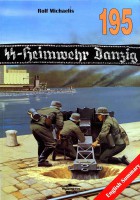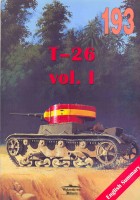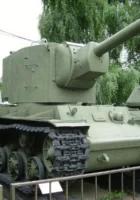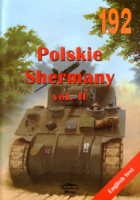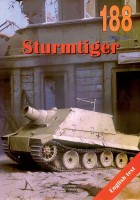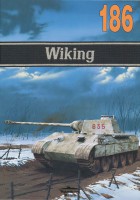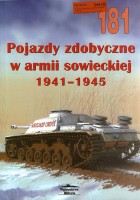Signed documentation Wydawnictwo Militaria the book "Sturmtiger - Wydawnictwo Militaria 188" .
The Sturmtiger, dont le nom d’origine est 38cm RW61 auf Sturmmörser Tiger est un canon d’assaut lourd allemand développé et produit de 1943 à 1944.
C’est l’une des variantes les plus rares du char lourd Tigre I, avec comme arme un mortier géant de 380 mm. Le développement de cet engin destiné à l’attaque de secteurs lourdement fortifiés commença en août 1943. Le mortier type RW61 à tube court L5/4 fut conçu à l’origine par Rheinmetall-Borsig pour la marine allemande pour lutter contre les attaques sous-marines ennemies.
Pour encaisser le recul prodigieux qui pouvait atteindre 40 tonnes, le châssis robuste du Tigre I fut sélectionné et la décision fut prise d’utiliser des caisses revenant du front de façon à ne pas perturber la production en série du char. Le compartiment de combat était constitué d’une casemate boulonnée sur la caisse inférieure. Le blindage avait une épaisseur de 150 mm sur la face avant et de 80 mm sur les côtés. Plus tard un contrepoids circulaire en acier fut ajouté sur la bouche de mortier de certains véhicules pour en faciliter l’élévation. Les énormes projectiles autopropulsés par fusées mesuraient 149 cm de long et pesaient 330 kg. Pour charger ces munitions à bord, une potence de chargement était installée à l’arrière droit de la casemate. Du fait de la taille des projectiles et de l’espace à bord réduit, seulement 14 pouvaient être embarqués.
La production sous forme de conversion de Tigres I en Sturmtigers commença en août 1944 jusqu’à fin décembre, période durant laquelle 18 exemplaires furent terminés et expédiés au combat dans les Ardennes.
Source: Sturmtiger sur Wikipedia
